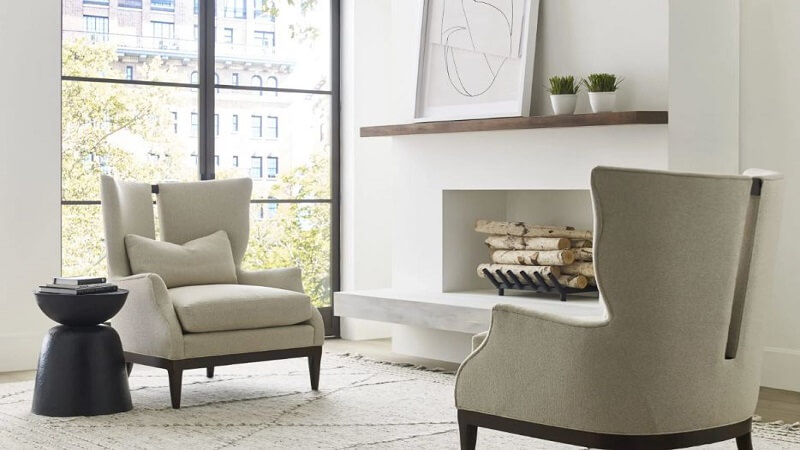You’re looking to furnish your home, but you’re on a budget. Should you go for the cheapest options or invest in quality pieces? This article explores why spending more on furniture now can actually save you money over time. We’ll look at durability, style longevity and the hidden costs of cheap furniture.
When it comes to furnishing your home, the old saying “you get what you pay for” rings especially true. While it might be tempting to opt for the cheapest furniture options available, this approach often ends up costing more in the long run. Quality furniture, though initially more expensive, can actually save you money over time.
Let’s explore why investing in well-made pieces is a smart financial decision.
Durability: The Foundation of Value
One of the primary reasons to invest in quality furniture is its durability. High-end pieces are crafted with superior materials and construction techniques, allowing them to withstand daily use and maintain their appearance for years.
Cheap furniture, on the other hand, often falls apart quickly, requiring frequent replacements. This cycle of buying and replacing low-quality items can quickly surpass the cost of a single, well-made piece that lasts for decades.
Timeless Style: Fashion That Endures
Quality furniture often boasts timeless designs that remain stylish for years. These pieces can adapt to changing decor trends and personal tastes, eliminating the need for frequent updates.
Cheaper furniture tends to follow fleeting trends, becoming outdated quickly and prompting unnecessary replacements. By investing in classic, well-designed pieces, you can create a home that looks like new furniture for years to come, without the constant need for updates.
Hidden Costs of Cheap Furniture
While the initial price tag of cheap furniture may be appealing, there are often hidden costs associated with these items. Low-quality pieces may require more frequent cleaning and maintenance, increasing your time and financial investment.
Additionally, cheaply made furniture can be less comfortable, potentially leading to health issues or the need for additional cushions or supports. These hidden expenses can quickly add up, making the seemingly budget-friendly option more costly in the long run.
Quality Materials: A Wise Investment
The materials used in quality furniture contribute significantly to its longevity and value. High-end pieces often feature solid wood construction, premium fabrics and top-grain leather, all of which age beautifully and maintain their integrity over time.
In contrast, cheap furniture typically uses particleboard, low-grade fabrics and bonded leather, which deteriorate quickly and often can’t be repaired.
Resale Value: A Financial Benefit
Another often overlooked advantage of investing in quality furniture is its potential resale value. Well-made pieces from reputable brands can retain a significant portion of their value over time, sometimes even appreciating if they become vintage or collectible.
This means that if you decide to redecorate or move, you may be able to recoup some of your initial investment by selling your furniture.
Environmental Impact: A Broader Perspective
Investing in quality furniture isn’t just good for your wallet; it’s also better for the environment. Durable pieces reduce the amount of furniture that ends up in landfills, while cheaply made items contribute to a cycle of waste.
By choosing well-made furniture, you’re making a decision that aligns with sustainable living practices and reduces your environmental footprint.
In the end, the decision to invest in quality furniture is about more than just aesthetics. It’s a choice that can save you money, reduce stress and contribute to a more sustainable lifestyle. While the upfront cost may be higher, the long-term benefits of durability, style longevity and overall value make quality furniture a wise investment for any home.
